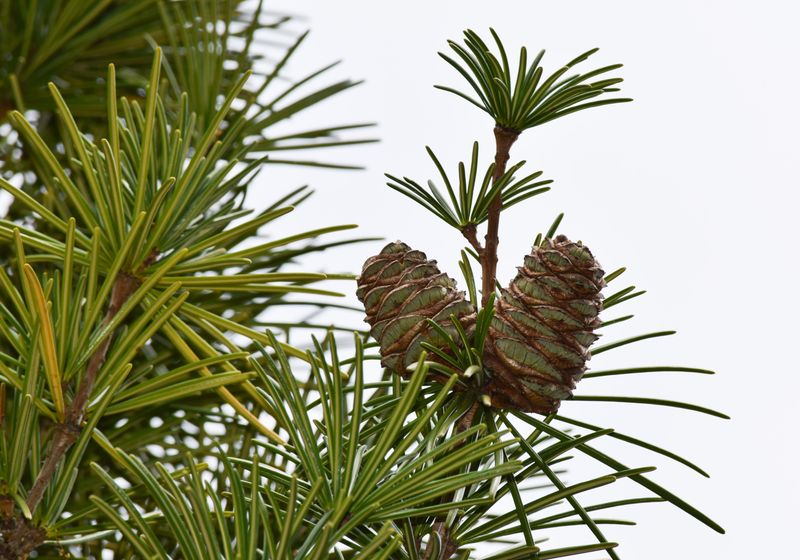Researchers compared the transcriptomes of gymnosperms like Metasequoia glyptostroboides (Dawn redwood), some angiosperms, and ferns to better understand the genetic drivers that promoted seed evolution in plants.
Image credit:Veronica Sondervan, NYU & NYBG
More than 300 million years ago, when dinosaurs walked the earth, gymnosperms evolved as the first seed-bearing plants and transformed life on the planet.1 Today, people rely heavily on seeds for food, fuel, medicines, and more. Despite this, scientists do not completely understand the genes that drove the evolution of seeds.
Now, scientists from the New York Botanical Garden (NYGB) and other research institutes analyzed the transcriptomes of 20 plant species and uncovered genes that likely influenced the evolution of seed production.2 The results, published today in Nature Communications, could help scientists engineer or breed plants with enhanced seed quality.
“This genetic resource for understanding seed development across plant species may not only help scientists enhance seed traits in a variety of crops, but could also provide tools to protect and propagate plants at risk of extinction, including these valuable living fossils,” said study coauthor Veronica Sondervan, a biologist at New York University (NYU) and NYBG, in a press release.
Researchers compared the transcriptomes of gymnosperms like Metasequoia glyptostroboides (Dawn redwood), some angiosperms, and ferns to better understand the genetic drivers that promoted seed evolution in plants.
Veronica Sondervan, NYU & NYBG
To identify the genes that influenced seed evolution across plant groups, the researchers decided to sequence plant genomes. “Now that scientists can sequence any genome, the question becomes which species to sequence and why?” said Gloria Coruzzi, a plant systems biologist at NYU and study coauthor.
Coruzzi and her colleagues focused on non-flowering gymnosperms, flowering and seed-producing angiosperms, and ferns, which do not produce seeds. They collected developing seeds called ovules and leaves from the former two plant groups and spores from the ferns, and they obtained transcriptomes of these plants using deep RNA sequencing.
The researchers then combined this gene expression data with the plants’ evolutionary history and identified nearly 20,000 shared genes, or orthologs, likely influencing the evolution of seeds. They mapped genes whose expression differed during leaf and ovule development and identified orthologs of known genes implicated in ovule-related function. This helped them determine around 4,000 candidate genes that likely had the greatest impact on ovule development.
To confirm some of the genes’ role in producing seeds, Corruzi and her colleagues analyzed whether the genes’ expressions corresponded with changing functions during ovule development. In situ hybridization revealed tissue-specific expression of some of the genes tested. While these genes were expressed in the ovules, leaves and pollen did not express them to the same level, highlighting their involvement in ovule development.
“This study highlights the power of biodiversity to answer fundamental questions,” said study coauthor Barbara Ambrose, a botanist and plant genomics researcher at NYBG. “The breadth of our living collections along with a modern laboratory in proximity to our collections to process the samples is vital for molecular biodiversity research.”

